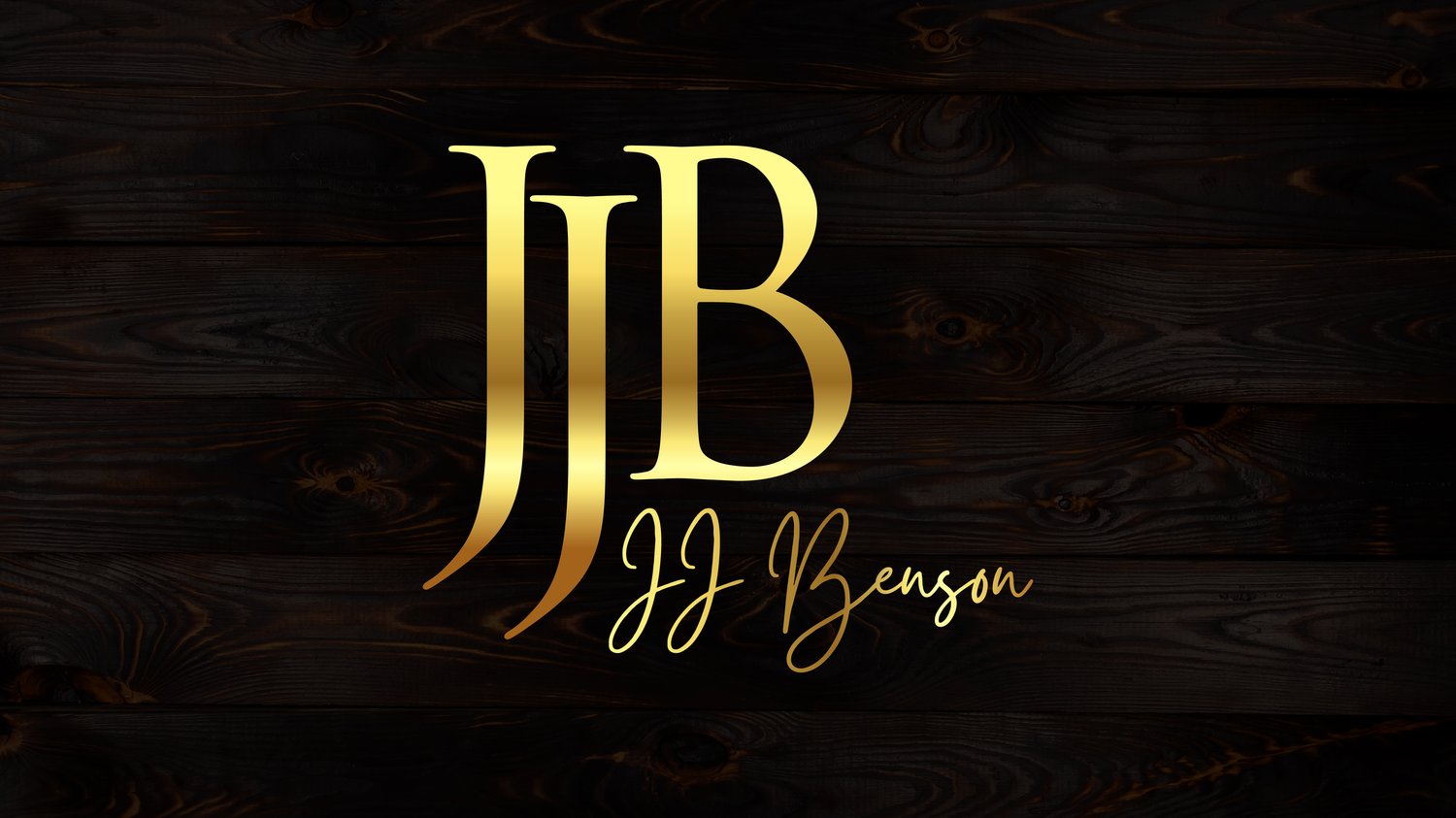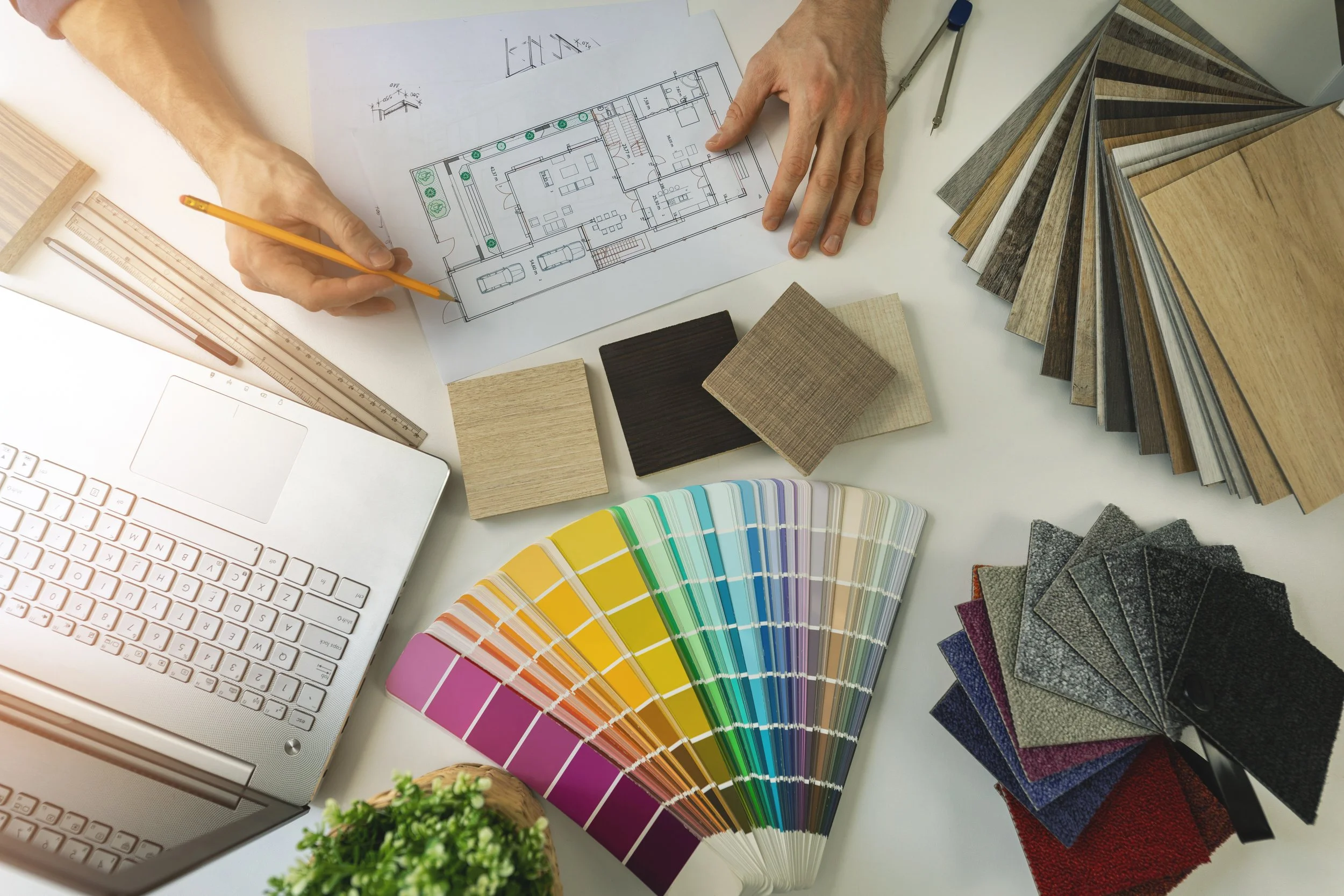Our Artistic Design Process
There are many ways to design a functional product and the old saying "practice makes perfect" is often true. While we use a seven-step model, combining our years of experience in a variety of mediums with the expertise we have gained, there are essential steps that cannot be skipped, including research, revisions, and testing to ensure that the final product will be a masterpiece.
Step 1: Study the client brief or desired outcome
For example, designing a leash, climbing rope is sometimes rated as a life-saving device and capable of supporting hundreds of pounds on some leashes. Other people prefer elegantly braided latigo leather leashes but identifying all design issues and properly addressing them is essential. As trite as it sounds, finding the right answers is all about asking the right questions, which yields superior results. In the design process, you may want to ask if the design fulfills the desired function, if it looks or appears the way you want it, about the expected weight load, about environmental conditions, and about the necessary maintenance. Product development is by far dominated by the research and testing phases, neither of which are menial tasks.
Step 2: Research
Although similar to identifying the problem or desired outcome, this step involves investigating alternative material options and checking if you have the right experience and tools to work with them, and determining if there will be an issue with supply chains internationally as we have recently experienced. Likewise, it is a good idea to research consumer and product trends to determine what is popular and how you can improve it. Developing the "perfect item" requires a deep understanding of your clients, especially since different people have different tastes.
Step 3: Brainstorming
As a result of the differing ways in which people think and operate, learning about yourself is critical during this phase before you can develop effective solutions. We find that the most efficient method of brainstorming is by blending the processes of Backward Planning and Creative Solutions to consistently deliver the most effective results. Backward Planning is where you start with the desired end state i.e. the world's sexiest leash (I mean every pup needs their fashion accessories) and work backward from the desired end state by identifying things that need to be accomplished i.e. making the leash, making the handle, the proper hardware, the proper length, and such. Creative Solutions is a broad category but we feel that it is what separates us from everyone else. Additionally, we find it valuable to keep precedent solutions to similar problems for inspiration, and flow charts are another favorite tool of ours. Regardless of the methods and techniques you use, it is always a good idea to keep your records for future inspiration and information.
Step 4: Sketch
Some of us here are not great at hand drawing items, which has previously caused a few issues when clients see a previous product and order it saying they want it "exactly like this, but everything different". Throughout the years we have found it beneficial to invest in three-dimensional computer-assisted design software to be able to provide a visual product that doesn't involve any actual materials being consumed and is, therefore, the client is only charged an hourly design fee and this process also ensures that both parties are on the same page. Sketches are usually more of basic conceptual drawings than they are extremely detailed, but the level of detail is limited only by the budget for planning or preparation.
Step 5: Concept Development
Even though some clients approach us with a clear vision of what they want, we will always ask additional questions to ensure everything is correct and everyone is on the same page. Part of what sets us apart from our competition is that during the concept development phase, we use a "good, better, best" approach that allows us to present potential clients with an economical option, a "check all the boxes" solution, and a luxury option, so your cat condo will be the envy of the feline neighborhood. During Concept Development, all details are finalized, and any further changes would require a Change Order at an additional cost.
Step 6: Revisions
The applicability of this step depends largely on the materials that are used to craft the particular piece as some products are more permanent than others which is why we place such great emphasis on the design and concept development phases. All of our custom clients are provided with contracts that explain that inspections are due at the time of acceptance of delivery but with that being said we will gladly make any reasonable changes as outlined in our initial agreement and/or any Change Orders that were completed.
Step 7: Completion
The product is completed and delivered or picked up as arranged during the initial consultation.


